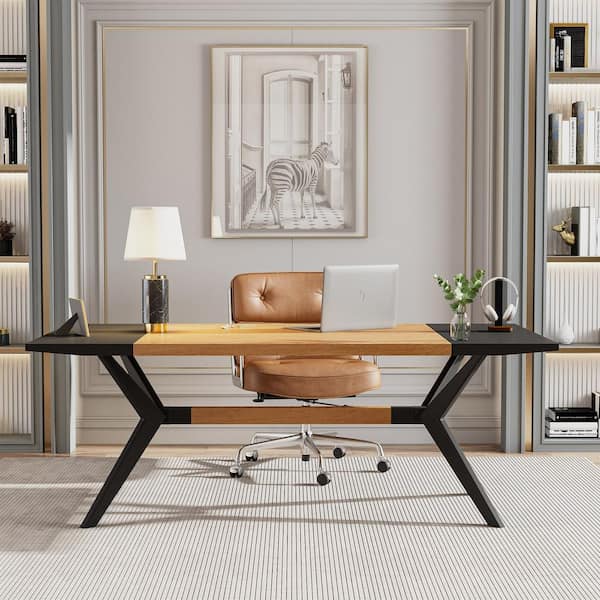Distinct Dining Room Table Legs to Change Your Eating Location
Selecting the Perfect Table: What Styles Work Best for Your Home?
Choosing the ideal eating table for your home can be a nuanced procedure that stabilizes visual appeals and capability. To navigate these options successfully and discover a table that genuinely matches your home, consider the complying with aspects in information.
Evaluating Your Space
Assessing the measurements and format of your eating area is an essential primary step in selecting the ideal table. Begin by determining the length and width of the room, making up entrances, windows, and other architectural functions that can influence table positioning. This ensures that your table not only fits but likewise enables comfy motion around it.
Think about the number of individuals you commonly amuse. A table should suit your household's everyday demands while providing enough versatility for periodic guests. Generally of thumb, allot at least 24 inches of table width per person to ensure a comfortable dining experience.
It's additionally vital to maintain appropriate clearance around the table. Ideally, there must go to the very least 36 inches in between the table side and walls or other furniture, allowing easy access and activity. For spaces where chairs with arms or added storage space units like buffets are included, boosting this clearance to 48 inches is suggested.
Lighting and environment play considerable roles. Make certain that your table lines up with existing illumination components or plan for sufficient lights remedies. This thorough spatial evaluation assurances that your eating table not only fits physically yet also integrates with your area's general functionality and aesthetic.
Popular Table Styles

Traditional table usually include elaborate details, rounded legs, and rich timber finishes, stimulating a sense of timeless beauty. They are best for homes with traditional decoration or those looking to include a touch of elegance to their eating area.
Modern eating tables focus on simplicity and tidy lines, often incorporating products like glass and metal. These tables are ideal for modern areas, providing a streamlined and clean appearance that enhances minimal style philosophies.
Rustic eating tables, on the other hand, highlight all-natural materials and a handcrafted appearance - dining room table legs. They often include reclaimed timber and a distressed coating, creating a warm and inviting ambience. These tables function well in farmhouse-style homes or those looking for a cozy, natural feeling
Industrial eating tables combine resources such as metal and timber, usually showcasing an utilitarian aesthetic. This design is fit for loft spaces or city areas, adding a touch of sturdy appeal and durability to the eating experience.
Each style supplies distinctive advantages, making it necessary to select one that straightens with your home's overall layout and your personal preferences.
Product Options
When picking a table, the selection of material plays an important role in figuring out both the table's aesthetics and capability. Wood, steel, glass, and composite materials each offer special go to the website benefits and obstacles, making it essential to align the product with your home's style and lifestyle needs.
Wood is an ageless and functional choice, offered in varieties such as oak, walnut, and mahogany. Recognized for its sturdiness and heat, timber complements both typical and contemporary interiors. It calls for routine maintenance to avoid scratches and bending.
Metal tables, usually crafted from stainless steel, aluminum, or wrought iron, are commended for their contemporary allure and effectiveness. They are particularly suited for industrial or minimalist settings however can be vulnerable to damages get more and may feel cold to the touch.
Glass table bring an air of beauty and openness, perfect for smaller rooms as they develop an illusion of more room. While easy to clean, glass can be prone to smudges and requires cautious dealing with to avoid chips and cracks.
Composite materials, such as MDF and plywood, offer affordable and customizable options, though they might lack the durability of all-natural materials. Picking the appropriate product guarantees your eating table is both a functional asset and a visual delight.
Shape and Size Considerations
After identifying the proper material for your eating table, the next consideration is selecting the appropriate form and dimension to match your room. Conversely, rounded tables foster a sense of affection and are outstanding for smaller eating areas, encouraging discussion by eliminating corners and making everyone really feel similarly consisted of.
As a guideline of thumb, assign at least 24 inches of table size per person to make sure comfortable dining. Additionally, consider the table's clearance area: there must be at least 36 inches in between the table side and the walls or other furniture. Prolonging tables use adaptability if you frequently organize bigger gatherings, giving added seats when needed without occupying extra space daily.
Matching Your Design
Picking an eating table that balances with your existing style is critical in producing a natural and welcoming room. A smooth, minimalist table with his explanation tidy lines is optimal for a contemporary home, while a vintage, luxuriant table suits a more conventional setting.
Shade and material are just as considerable. If your style features cozy tones and all-natural materials, consider a wood table to boost the organic feeling. On the other hand, a glass or steel table might be better in a space dominated by cool shades and industrial aspects. Take note of the surface, as it needs to mirror other furniture and fixtures to maintain harmony.
Appearance plays a vital duty. A rough-hewn, redeemed wood table can include character to a rustic space, while a polished marble surface area can elevate an elegant dining area. Take into consideration the range and proportion of the table in relation to the space size and existing furniture. A well-matched eating table not just boosts visual charm but also improves the general dining experience.

Conclusion
Choosing the excellent dining table necessitates cautious consideration of area, style, products, form, and size. Traditional tables complement traditional insides with rich timber surfaces, while contemporary tables suit contemporary setups via glass and metal.